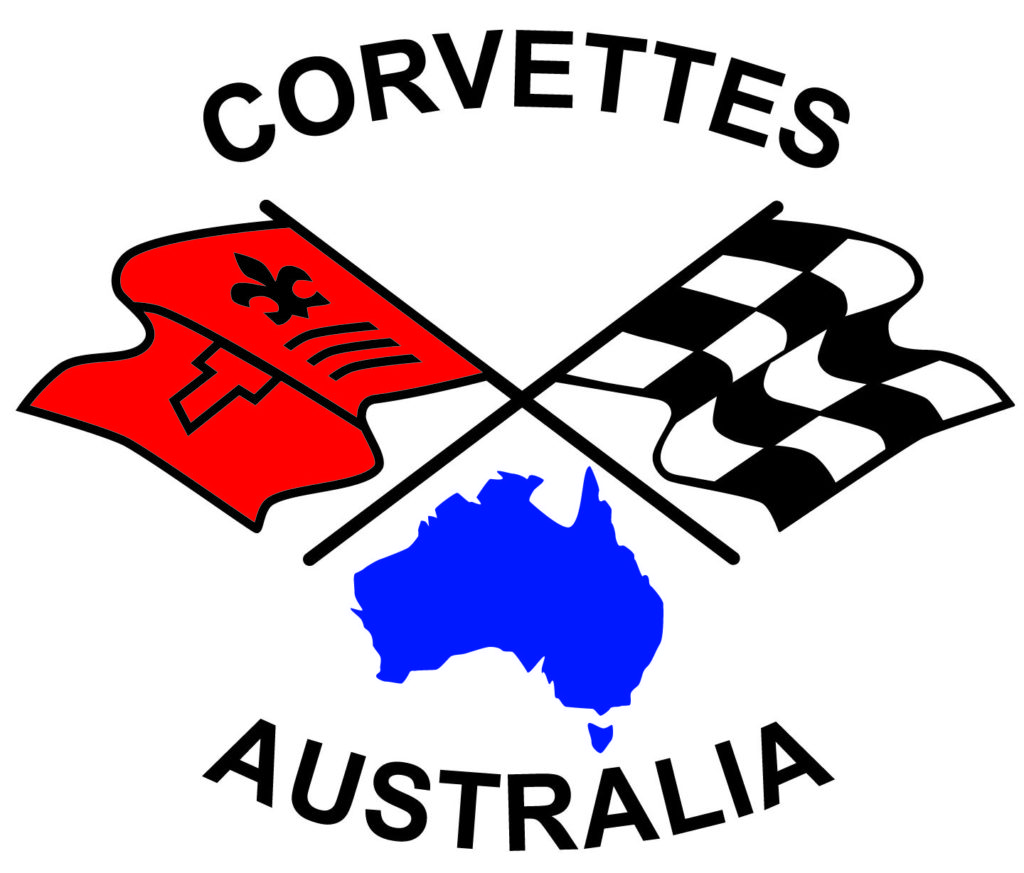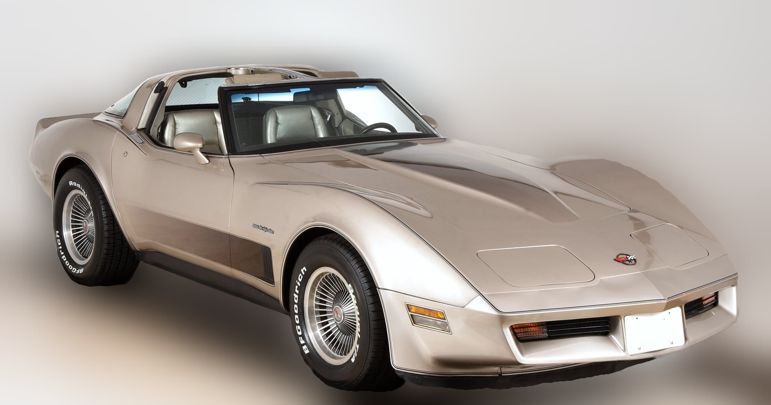The third generation Corvette, from 1978, marked a dramatic change in the shape of the Corvette’s body. The vertical rear window was gone, replaced by a large fastback rear window. This change of rear window styling improved both the aerodynamics of the vehicle and increased the luggage space behind the seats. This increase in luggage space turned the Corvette into more of a grand touring car, allowing a more generous amount of travel baggage to be carried when driving to an overnight stay. It also provided the added advantage of vastly improved vision to the rear of the vehicle.
The interior gained a shade cover to both hide the luggage and protect it and the carpet from the sunlight. The tachometer and speedometer were redesigned as aircraft style instruments to match the other instruments which were upgraded in 1977. The car also featured redesigned door trims with screw-on armrests and finally a real glove-box. New luxury options were power door locks, power antenna, intermittent wipers, dual rear speakers, and a CB radio which was all the go at the time.
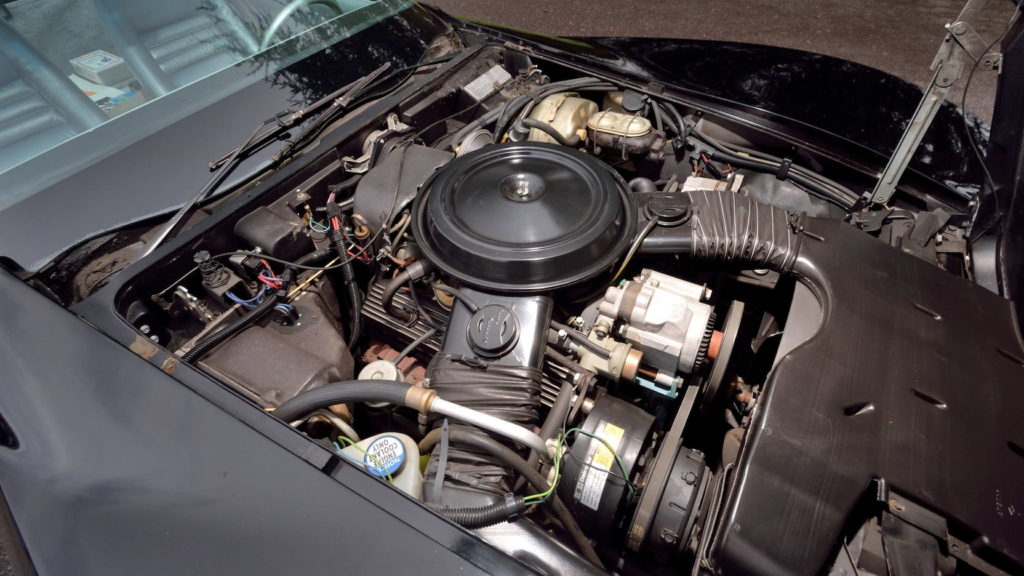
The year 1978 was also Corvette’s 25th Anniversary and all model year 78 cars featured the silver anniversary nose and fuel door emblems. There was a special “Silver Anniversary” paint option offered to celebrate the occasion. The paint was light silver over a dark silver lower body, split by a silver pinstripe. It also had sports mirrors and aluminium wheels. The 1978 model was honoured as the pace-car for the Indy 500 and a limited number of replicas was planned, featuring the Silver Anniversary paint, but reversed with a red pinstripe. The initially planned limited quality of 300 ended up becoming closer to 6,500 to fill the demand.
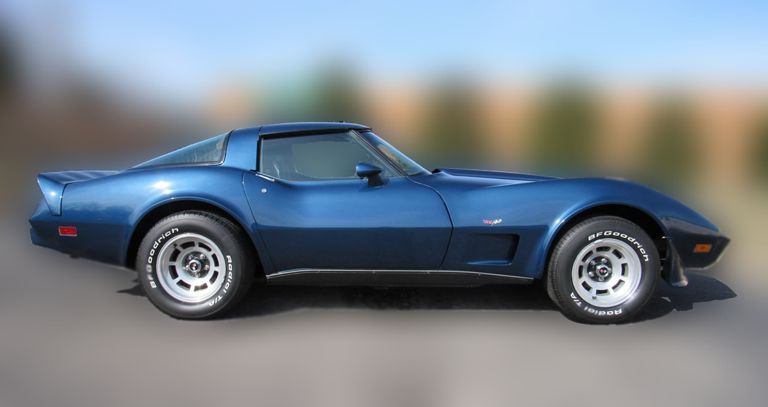
The 1980 Corvette was characterised by restyled front and rear bumper facias, plus new integrated aerodynamic spoilers which significantly lowered the drag co-efficient and greatly improved radiator airflow. This year air conditioning, power windows, sports mirrors, and tilt-telescopic steering columns all became standard equipment. In the interest of lowering the Corvette’s weight, thinner body panels were developed, and an aluminium Dana 44 IRS replaced the stronger cast iron GM 10 bolt differential. The L82’s aluminium intake manifold was now installed on all engines.
1980 was the last year for the L82 engine, now producing 230 horsepower, but was not available with manual transmission. A unique 305 cub in engine was fitted to the vehicle, in California only, to meet their emission requirements. This engine was rated at 180 horsepower and was fitted with lightweight stainless steel exhaust manifolds. A computer controlled both the carburettor and ignition timing. The L48 engine, rated at 190 horsepower remained the base engine.
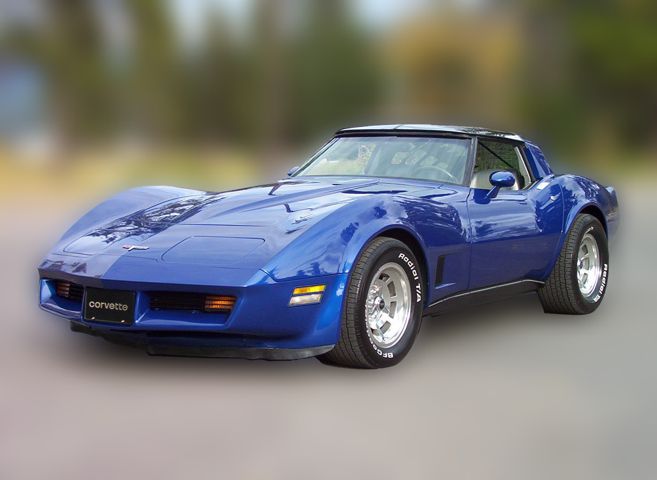
In 1982, the last model year of the C3 Corvette, the cars were built exclusively at the new Bowling Green Assembly Plant. This last year was celebrated by the release of a “Collector Edition” which was finished in silver-beige paint, silver-beige leather interior, special wheels similar to the 1967 “bolt-on” alloys, and special cloisonne emblems. What really distinguished the car from the other fastback C3s was an openable rear hatch, making it effectively a hatchback.
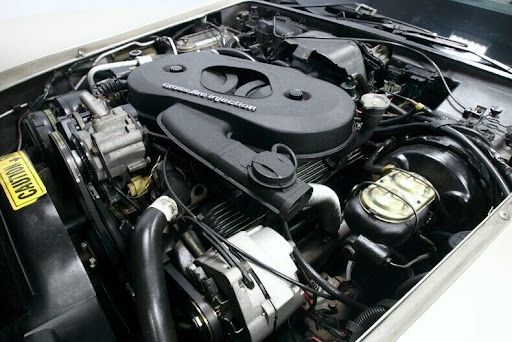
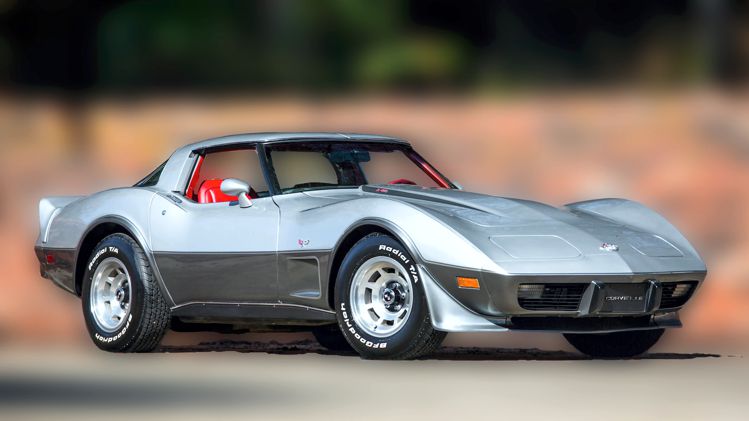
Under the hood, the base L48 engine was upgraded slightly to 185 horsepower, with the optional L82 engine delivering 220 horsepower. The chromed steel distributor shields were replaced by metal lined black plastic. The single-snorkel intake tube to the air cleaner was replaced with a dual-snorkel intake on the L82. The L82 also gained an aluminium intake manifold.
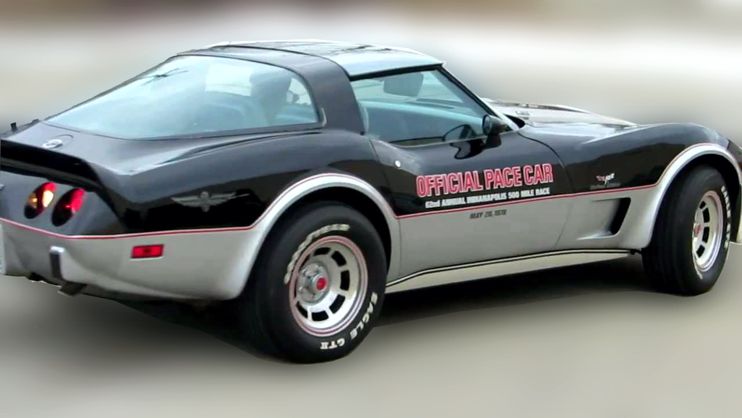
The 1979 Corvette looked very similar to the 1978 model. This model year Corvette achieved the highest ever sales numbers of 53,807. The silver anniversary nose and fuel door emblems reverted back to those used on the ’77. It gained the high-back seats which were fitted to the previous year’s pace cars, although they were redesigned with a higher fold point, allowing easier access to the luggage area. The cars inherited the pace car’s front and rear spoilers as options, along with the glass targa-top roof panels. Tungsten-halogen high beam headlights became standard as did an AM-FM radio, with a cassette player available as an option.
Engine outputs increased by 5 horsepower due to an “open-flow” muffler design. The dual-snorkel air intake was now fitted to both engines, and all cars were available with manual transmissions. In fact, a remarkable 82% of the cars were fitted with the M/T. Horsepower increased to 195 and 225 respectively for the two engines.
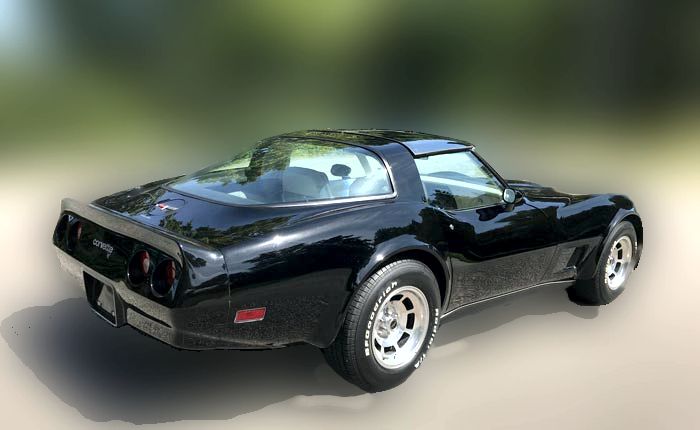
In 1981 there was only one engine available – the L81 engine which, like the previous year’s L48 produced 190 horsepower. Magnesium valve covers, chrome air cleaner tops and stainless-steel exhaust manifolds were all standard equipment. The computer control system from the 305 engine was now standard, as well as an electric engine cooling fan. The Corvette was available with either automatic or manual transmission for the last time in a C3. The 1981 model was the first to be used with a fibre-reinforced monoleaf rear spring, but it was only available on standard suspension cars with auto transmission.
For the first time, there was a power driver’s seat and power remote exterior mirrors offered as options. Part way through this model year, production was moved from the traditional St Louis plant to the new Bowling Green, Kentucky facility.
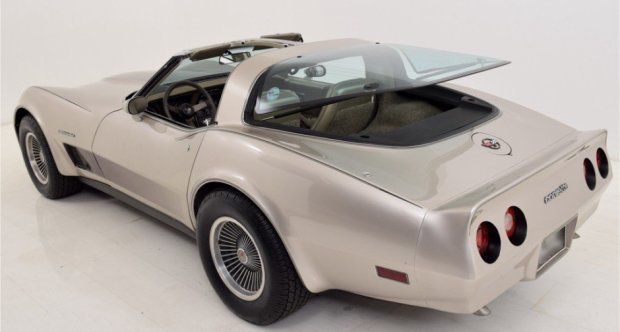
There was no manual transmission available, and the four-speed automatic featured a clutched torque convertor operating on the top three gears. The engine hood featured solenoid operated doors to direct air into the air cleaner at full throttle. The engine was fitted with the “cross-fire injection” engine, built for the next generation C4, but introduced early to keep the C3 alive. Two throttle bodies which precisely metered the fuel to the engine, assisted by improvements to the computer control system, improved economy, driveability and performance.
At a price of $22,537.59, the Collector Edition was the first Corvette to have a base price over $20,000.
